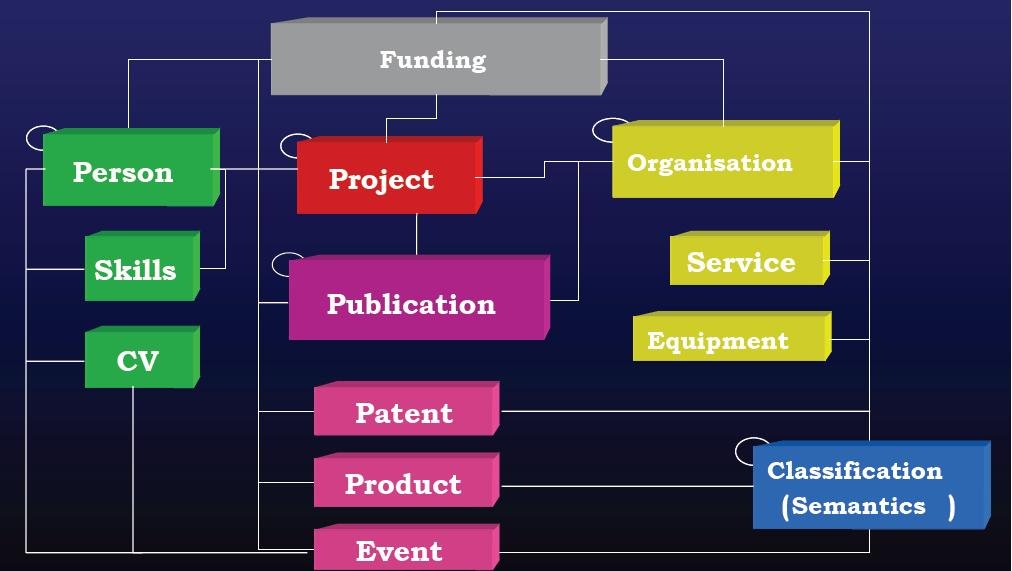Adoption of CERIF in Higher Education Institutions in the UK:
A Landscape Study

Adoption of CERIF in Higher Education Institutions in the UK: A Landscape Study by Rosemary Russell of UKOLN ISC has just been published and is available in PDF and Word formats. CERIF, the Common European Research Information Format provides a standardised way of managing and exchanging information about research. It offers a range of potential efficiency benefits for Higher Education institutions and related research organisations.
The study documents the extent of adoption and engagement with CERIF in UK Higher Education institutions (HEIs) in late 2011/early 2012. In the course of the study 20 institutions were consulted. A total of 51 institutions in the UK are using CERIF Current Research Information Systems (CRIS), indicating a 30.7% adoption of CERIF. All institutions are using commercial CERIF CRIS with one exception - the University of Huddersfield which is developing an in-house CERIF-compliant system. Since 2010, UK institutions procuring CRIS have demonstrated a clear trend to purchase Pure from Atira (based in Denmark), which now has 19 UK installations. Other systems being used are CONVERIS and Symplectic Elements. The number of CRIS procurements increased particularly rapidly during 2011, with 10 institutions acquiring Pure between May and October.
Many HEI departments are involved in research information management (RIM) with the result that the CRIS implementation process can be politically challenging; project managers require diplomacy when negotiating access to data and managing CERIF mapping. High-level support within the institution is vital both for the CRIS and for CERIF as the underlying standard; the Pro Vice Chancellor for Research in particular plays a key role.
Institutional use confirms that CERIF does model the real-world environment of research information management in the UK. As vendors have become increasingly familiar with UK institutional data requirements, mapping processes are becoming more straightforward and implementation less time-consuming. A two-year implementation period has been typical across institutions.
However, despite the widespread use of CERIF as an underlying standard, many institutions are not engaging with CERIF directly. Staff find CERIF complex and rely on external expertise from CRIS vendors and UK user groups; only institutions involved in JISC projects are properly engaging with CERIF. Many staff are keen to engage more, citing lack of time and tight implementation schedules as the main obstacles. As local CRIS implementations are completed, it is likely that institutions will have more opportunities to engage further with CERIF, together with the incentives to start exploiting its efficiency benefits.
The landscape report complements other work carried out by UKOLN ISC to support the JISC RIM Programme.
Note: You can find latest updates on our home page and previous articles in Feature archive.